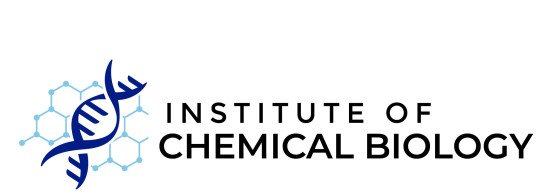BibTex format
@article{Wang:2018:10.1158/0008-5472.CAN-18-1362,
author = {Wang, Z and Grosskurth, SE and Cheung, T and Petteruti, P and Zhang, J and Wang, X and Wang, W and Gharahdaghi, F and Wu, J and Su, N and Howard, RT and Mayo, M and Widzowski, D and Scott, DA and Johannes, JW and Lamb, ML and Lawson, D and Dry, JR and Lyne, PD and Tate, EW and Zinda, M and Mikule, K and Fawell, SE and Reimer, C and Chen, H},
doi = {10.1158/0008-5472.CAN-18-1362},
journal = {Cancer Research},
pages = {6691--6702},
title = {Pharmacological inhibition of PARP6 triggers multipolar spindle formation and demonstrates therapeutic effects in breast cancer},
url = {http://dx.doi.org/10.1158/0008-5472.CAN-18-1362},
volume = {78},
year = {2018}
}
RIS format (EndNote, RefMan)
TY - JOUR
AB - PARP proteins represent a class of post-translational modification enzymes with diverse cellular functions. Targeting PARPs has proven to be efficacious clinically, but exploration of the therapeutic potential of PARP inhibition has been limited to targeting poly(ADP-ribose) generating PARP, including PARP1/2/3 and tankyrases. The cancer-related functions of mono(ADP-ribose) generating PARP, including PARP6, remain largely uncharacterized. Here, we report a novel therapeutic strategy targeting PARP6 using the first reported PARP6 inhibitors. By screening a collection of PARP compounds for their ability to induce mitotic defects, we uncovered a robust correlation between PARP6 inhibition and induction of multipolar spindle (MPS) formation, which was phenocopied by PARP6 knockdown. Treatment with AZ0108, a PARP6 inhibitor with a favorable pharmacokinetic profile, potently induced the MPS phenotype, leading to apoptosis in a subset of breast cancer cells in vitro and antitumor effects in vivo. In addition, Chk1 was identified as a specific substrate of PARP6 and was further confirmed by enzymatic assays and by mass spectrometry. Furthermore, when modification of Chk1 was inhibited with AZ0108 in breast cancer cells, we observed marked upregulation of p-S345 Chk1 accompanied by defects in mitotic signaling. Together, these results establish proof-of-concept antitumor efficacy through PARP6 inhibition and highlight a novel function of PARP6 in maintaining centrosome integrity via direct ADP-ribosylation of Chk1 and modulation of its activity.
AU - Wang,Z
AU - Grosskurth,SE
AU - Cheung,T
AU - Petteruti,P
AU - Zhang,J
AU - Wang,X
AU - Wang,W
AU - Gharahdaghi,F
AU - Wu,J
AU - Su,N
AU - Howard,RT
AU - Mayo,M
AU - Widzowski,D
AU - Scott,DA
AU - Johannes,JW
AU - Lamb,ML
AU - Lawson,D
AU - Dry,JR
AU - Lyne,PD
AU - Tate,EW
AU - Zinda,M
AU - Mikule,K
AU - Fawell,SE
AU - Reimer,C
AU - Chen,H
DO - 10.1158/0008-5472.CAN-18-1362
EP - 6702
PY - 2018///
SN - 1538-7445
SP - 6691
TI - Pharmacological inhibition of PARP6 triggers multipolar spindle formation and demonstrates therapeutic effects in breast cancer
T2 - Cancer Research
UR - http://dx.doi.org/10.1158/0008-5472.CAN-18-1362
UR - http://hdl.handle.net/10044/1/64761
VL - 78
ER -
